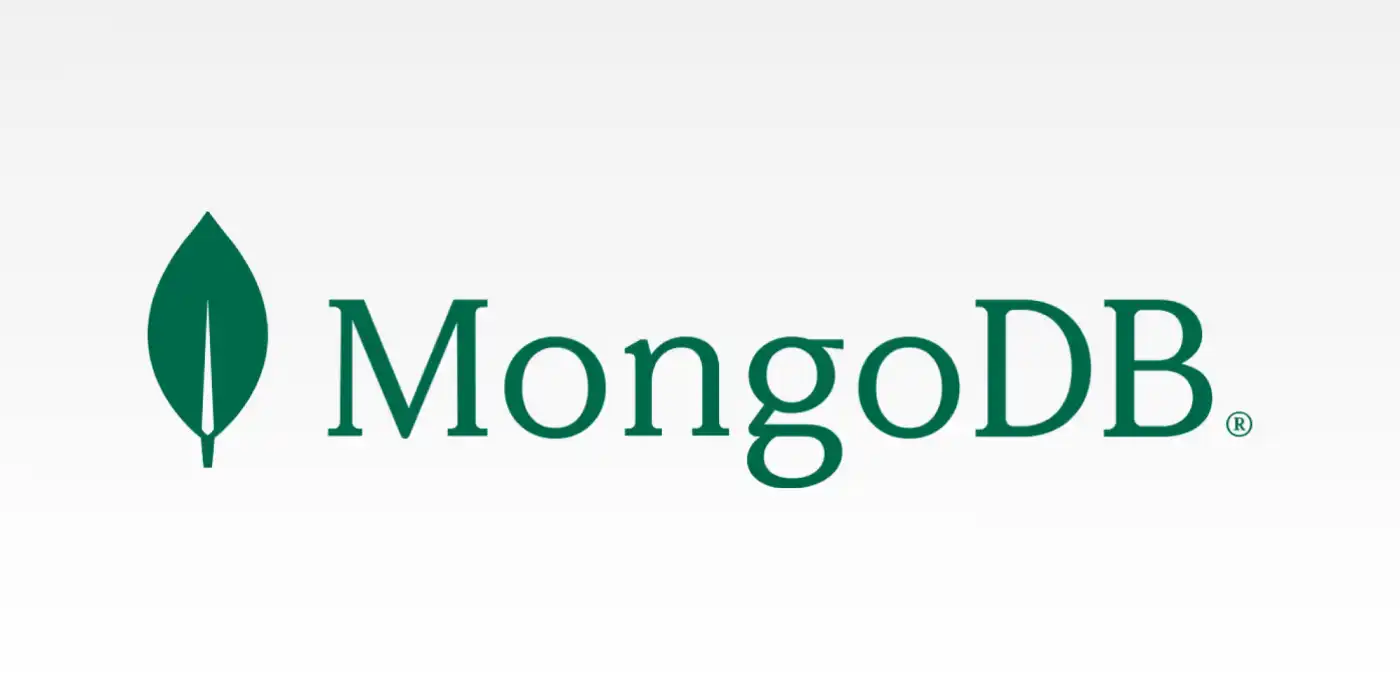Laravel Migration with Schema Validation in MongoDB

Laravel Migration with Schema Validation in MongoDB
Introduction
Laravel is a robust PHP framework that makes web application development efficient and elegant. While Laravel is traditionally paired with relational databases like MySQL, developers are increasingly integrating MongoDB, a NoSQL database, to handle more flexible, scalable data structures.
One common challenge with MongoDB is its lack of strict schema enforcement. However, with the help of Laravel packages and MongoDB’s native schema validation (introduced in version 3.6), you can implement structured migrations similar to SQL-based databases.
In this blog, we’ll explore how to create Laravel migrations with schema validation for MongoDB—ensuring your NoSQL collections still follow defined rules and structures.
Why Use MongoDB With Laravel?
MongoDB offers flexibility in handling complex, nested data structures and can scale horizontally with ease. Laravel's expressive syntax, combined with MongoDB’s performance, is ideal for modern applications like:
-
Real-time analytics platforms
-
Content management systems (CMS)
-
E-commerce applications with flexible product data
-
IoT platforms with dynamic data models
Setting Up Laravel With MongoDB
First, you need to install the jenssegers/mongodb package, a popular MongoDB Eloquent model and query builder for Laravel.
Update your config/database.php to include MongoDB configuration:
Set your .env file accordingly.
Creating MongoDB Migrations in Laravel
Laravel doesn’t natively support MongoDB migrations. However, you can create custom Artisan commands or use raw MongoDB operations to simulate migrations.
Example: Creating a Users Collection With Validation Rules
Here’s how you can define schema validation rules for a MongoDB collection:
You can run this migration using:
Benefits of Using Schema Validation in MongoDB
Schema validation in MongoDB offers several advantages:
-
Data consistency: Ensures documents follow a specific structure.
-
Error reduction: Prevents invalid data from being stored.
-
Security: Avoids storing unwanted or malicious data formats.
-
Developer confidence: Allows team members to know the shape of data being stored.
Tips for Managing MongoDB Migrations in Laravel
-
Version control: Keep your migration scripts in version control to track changes.
-
Environment safety: Use separate configurations for staging and production.
-
Index management: Define necessary indexes in the migration or separately.
-
Validation upgrades: If schema needs to evolve, use update operations to modify collection rules.
Conclusion
Integrating schema validation in MongoDB using Laravel migrations is a powerful way to bring the structure of SQL to the flexibility of NoSQL. While Laravel doesn't support MongoDB migrations natively, custom migration scripts using MongoDB's native validation features bridge the gap effectively.
By leveraging tools like jenssegers/mongodb and MongoDB’s $jsonSchema, developers can ensure data integrity while still enjoying the scalability and performance of a NoSQL solution.
Whether you’re launching a new brand or upgrading your online presence, BroCode Technology can help you build a custom, SEO-friendly, and scalable Laravel-powered website that delivers real results.
📧 Email: info@brocodetechnology.com
🌐 Website: www.brocodetechnology.com
